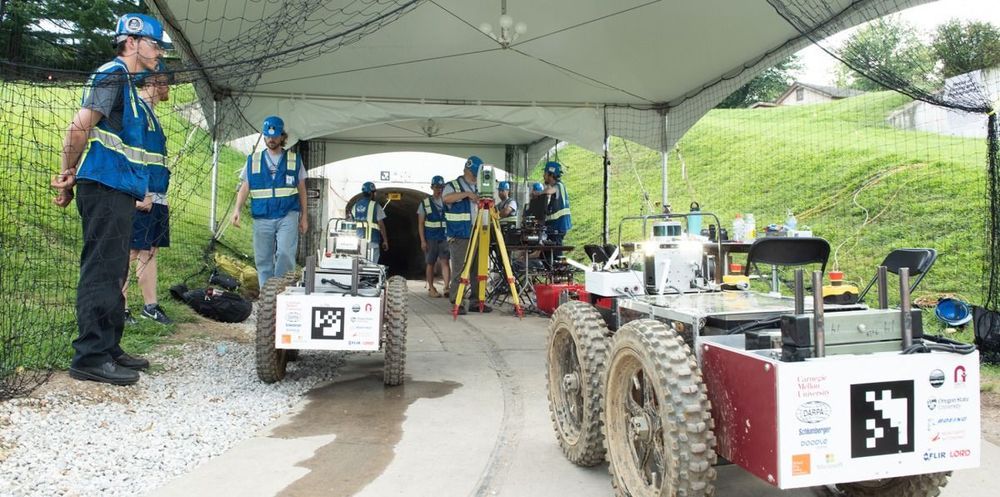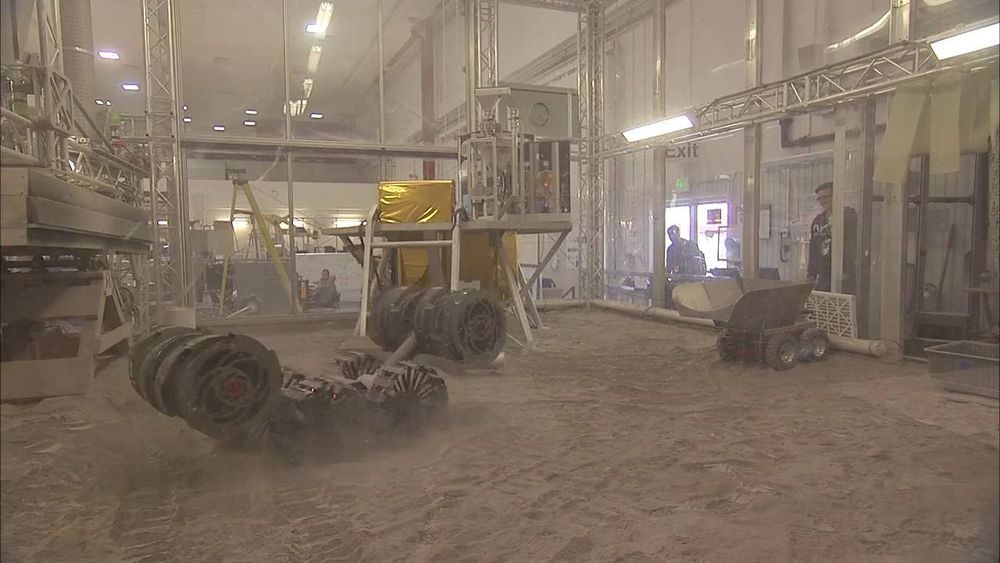Hmmmm.
ATTENTION owners of truly massive, human-built tunnels and subterranean complexes: The US military’s secretive research agency urgently needs your underground lair for some undisclosed experiments.
DARPA tweeted on Wednesday that within the next 48 hours it must find a “human-made underground environment spanning several city blocks with complex layout & multiple stories, including atriums, tunnels & stairwells. Spaces that are currently closed off from pedestrians or can be temporarily used for testing are of interest.”
I’m imagining something along the lines of the underground world used by the tethered in the movie Us, though it also sounds like abandoned underground malls, bunkers, cities, and as-to-yet undiscovered sites of lost civilizations may qualify, so long as the space is found by 5 PM Friday (Eastern Time; the government’s hours are very rigid.)

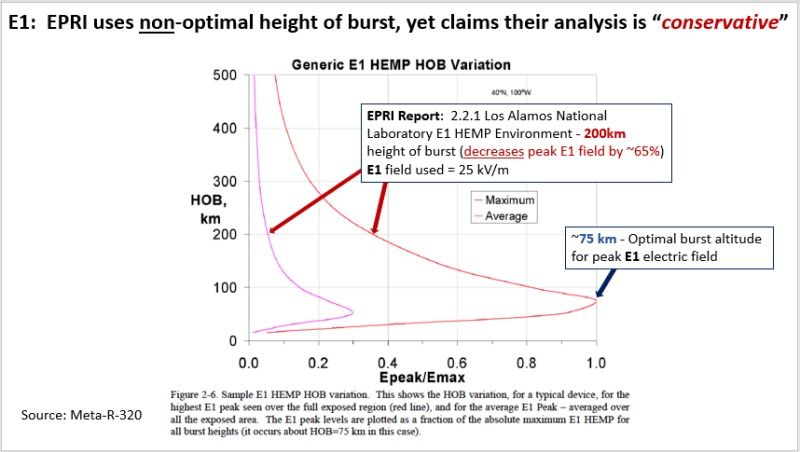
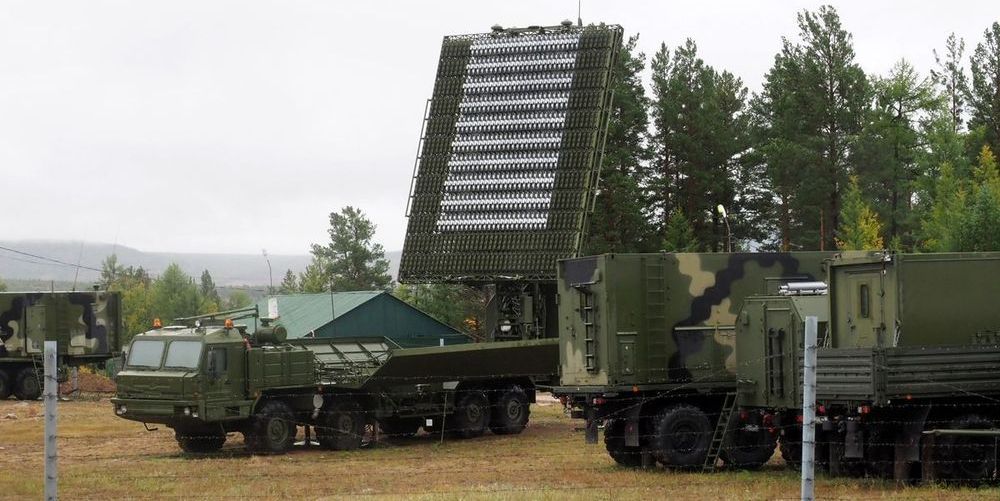

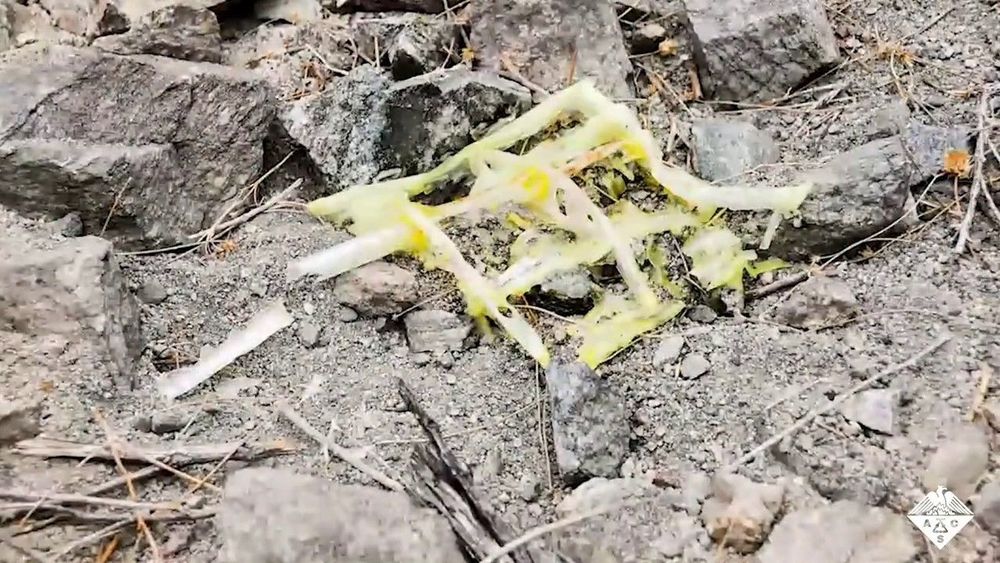


 Last year, Pentagon mad science arm DARPA was working on one of its wildest projects yet: a microchip-sized nuclear reactor. The program is now officially done, the agency says. But these sorts of far-out projects have a habit of being reemerging under new managers and new names.
Last year, Pentagon mad science arm DARPA was working on one of its wildest projects yet: a microchip-sized nuclear reactor. The program is now officially done, the agency says. But these sorts of far-out projects have a habit of being reemerging under new managers and new names.